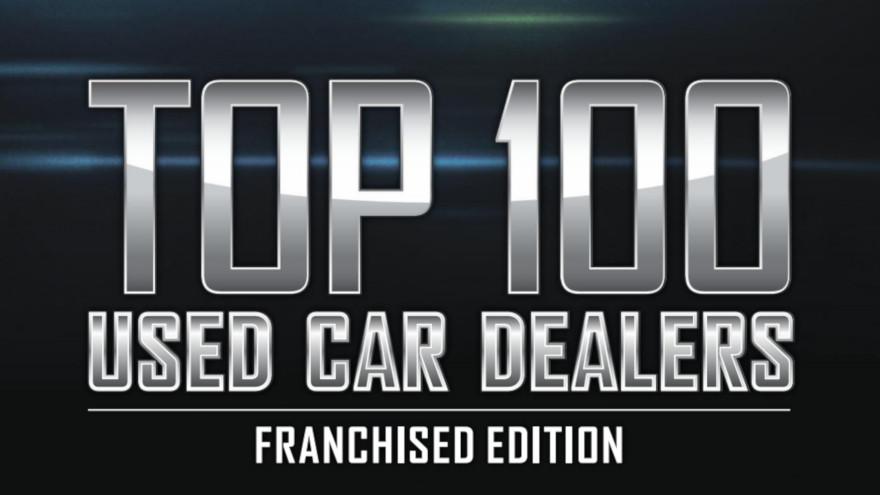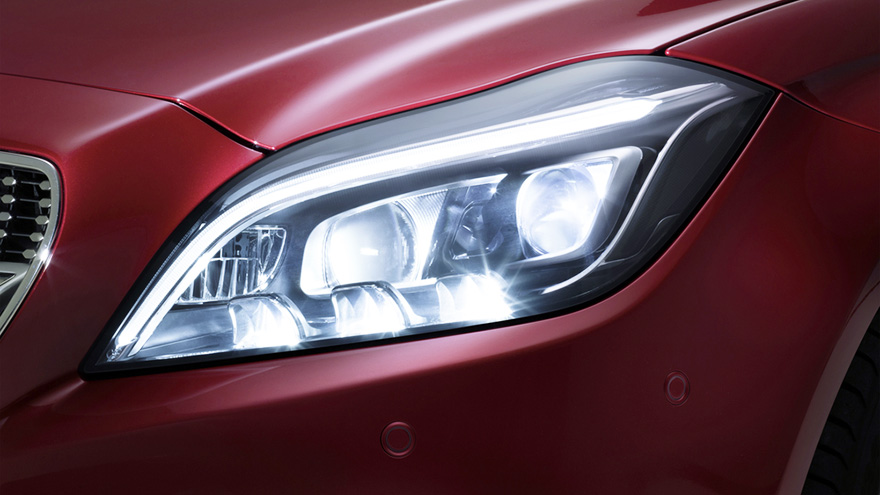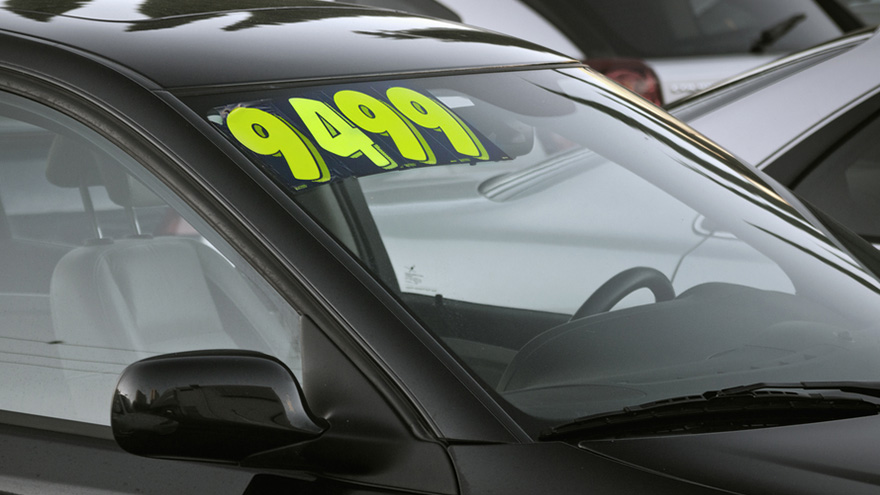As part of Auto Remarketing’s Top 100 Used Car Dealers: Franchised Edition, we highlight some of the leading lenders in the space.
The Top Used-Car Lenders Among Franchised Dealers ranking is based on data from Experian Automotive, which includes the top 20 lenders with the greatest share of used-car loan origination units among franchised dealers in 2018.
The Experian data includes dealers in 33 states.
The top 20 rankings can be found below, with each lender and their respective share of franchised dealer used-car financing in 2018.
1. ALLY 6.87%
2. CAPITAL ONE AUTO FINANCE 6.13%
3. WELLS FARGO AUTO FINANCE 4.34%
4. SANTANDER CONSUMER FINANCE 2.64%
5. TOYOTA FINANCIAL SERVICES 2.47%
6. BANK OF AMERICA 2.41%
7. CHASE AUTO FINANCE 2.31%
8. CREDIT ACCEPTANCE CORP 1.82%
9. TD AUTO FINANCE 1.54%
10. HUNTINGTON NATIONAL BANK 1.47%
11. AMERICAN HONDA FINANCE 1.23%
12. PNC BANK 1.19%
13. FORD MOTOR CREDIT 1.19%
14. NISSAN INFINITI FINANCIAL SERVICES 1.18%
15. 5TH 3RD BANK 1.11%
16.GM FINANCIAL AMERICREDIT 1.10%
17. BMW BANK OF NORTH AMERICA 1.10%
18. USAA FEDERAL SAVINGS BANK 1.05%
19. WESTLAKE FINANCIAL SERVICES 0.96%
20. US BANK 0.90%
SOURCE: Experian Automotive. Data is based on Top 20 lenders with the greatest share of used-car loan origination units among franchised dealers in 2018. Data includes dealers in 33 states.
The June 1 print and digital edition of Auto Remarketing is the first in a two-part series and focuses on franchised dealers.
Beyond the lender rankings above, we also highlight some of the strongest used-car selling franchised dealerships n the country. The dealer rankings data in this report is courtesy of Dominion Cross-Sell, which collects the information via state departments of motor vehicles
No doubt, dealerships are gearing up for Memorial Day sales extravaganzas with the goal of rolling plenty of vehicles over the curb.
TransUnion senior vice president and automotive business leader Brian Landau explained why used-car departments at franchised dealerships could be more active than their new-model showrooms as consumers take delivery of vehicles going into the unofficial start of summer.
“Certainly, there is waning demand following the buildup after the financial crisis,” Landau said during a phone conversation as TransUnion shared its latest auto-finance data. “People are not buying new vehicles in droves as they once did.
“But there is a shift from new-vehicle purchases to used-vehicle purchases, especially with the influx of late-model vehicles coming back into the showroom and people having more options to buy a fairly new vehicle at $15,000 less than if they bought a new vehicle,” he continued.
“If I’m getting a car that’s slightly used and I’m benefitting from the depreciation of that vehicle, I don’t necessarily finance as much. That’s where the growth is right now,” Landau went on to say. “There are consumers out there transacting, but they’re looking used vehicles, particularly late-model vehicles."
With consumers perhaps not taking on as much credit burden but choosing a used model, franchised dealers are left saddled with more significant financial obligations stemming from their new-model inventory.
And that inventory is stacked.
Edmunds experts reported on Wednesday that new SUVs and trucks are lingering longer on dealer lots than they did last year. According to Edmunds data, days-to-turn for midsize SUVs hit 76 days in April compared to 63 days during the same month in 2018. Days to turn for large SUVs reached 82 days, compared to 68 days last year.
Edmunds added days-to-turn for large trucks also surpassed the industry average at 87 days.
However, it doesn’t appear that automakers are slapping too much money on the hood to clear those new vehicles.
According to the latest installment of Guidelines from J.D. Power Valuation Services, automakers decreased incentive spending once again in April.
Power Information Network (PIN) data from J.D. Power showed incentive spending per unit fell on a year-over-year basis for the 10th consecutive month in April. Analysts pointed out that string comes after 54 months of increases.
In April, J.D. Power said incentive spending fell 6.8% to $3,561 per unit. Analysts added incentive spending as a percent of MSRP fell to 8.9%, receding below the 9% threshold for the first time since April 2016.
“Car shoppers can usually count on decent discounts over the Memorial Day holiday, but this year we’re anticipating some blockbuster bargains, including deals on SUVs and trucks,” Edmunds’ manager of industry analysis Jeremy Acevedo said in a news release.
“If you know that you want to buy a new car this year, this holiday weekend might be the best time to jump into the ring,” Acevedo continued. “Automakers are going to be scaling back production this summer to address weakening demand, and given how expensive financing has become, they won’t have the resources to throw as much cash onto other summer sales events this year.”
NOTE: Updated to include March and first-quarter certified pre-owned vehicle sales figures.
Two years ago, 59% of vehicle shoppers were focused on used cars.
According to the 2019 Cox Automotive Car Buyer Journey study, that number is now 64% — and the struggle around new-vehicle affordability is a major reason why.
The numbers reflecting used-leaning shoppers include those that are either A) only shopping for used cars or B) those that are primarily shopping for used, but browsing some new.
The number of total shoppers only considering used has climbed from 23% to 28% in the last two years, according to the study.
(The consideration numbers included these categories: Used Only; Primarily Used, Some New; Primarily New, Some Used; and New Only. It excluded shoppers who were not sure).
In a news release recapping the study, Cox Automotive analysts said that, “consumers continue to be frustrated by new-vehicle prices and are more likely than ever to be shopping for used vehicles.”
And many are moving into certified pre-owned vehicles.
First quarter CPO sales were up 0.4% year-over-year at 677,038 units, according to Cox Automotive. In March, certified sales climbed 2.7% to 265,878 units.
Company analysts said in Wednesday’s Data Point report that record-high new-vehicle prices and the highest interest rates since 2011 are “perhaps” among the drivers of such CPO sales strength in Q1.
“This is in stark contrast to the weakness we have seen with new retail vehicle sales, which were down 4% for the quarter,” Cox Automotive analysts said in the Data Point report.
“As the used-vehicle market continues to see strong consumer demand with favorable supply of off-lease units coming to market, the CPO market is primed to continue its growth heading into the spring selling season.”
Going back to the Car Buyer Journey Study, new vehicles had an average purchase price point of $35,671 in December, Cox Automotive said, citing data from its Kelley Blue Book brand.
Monthly new-car loan payments averaged $567 in the first quarter, a 3.4% year-over-year hike. New-car lease payments were at $500, up 2.7%.
There was relatively stability in monthly used-car payments, which came in at $414 — just $1 more than the year-ago figure.
This underscores Cox Automotive’s finding that affordability is paramount. More than half (54 percent) of vehicles in 2012 had price tags under $30,000, but that has slipped to just a little more than a third (35 percent) falling into this price bracket, the company said.
“Meanwhile, the number of vehicles priced over $50,000 jumped fourfold, from 6% in 2012 to 24% today,” analysts said. “It comes as no surprise then that 48% of consumers feel that owning or leasing a vehicle is becoming too expensive, up from 42% in 2015.”
Used-car buyers are also cutting down on the time they spend shopping — and more so than their new-car counterparts.
Among what Cox Automotive called “Automotive Internet Users,” or AIUs, used-vehicle buyers reduced their time spent researching and shopping from 15 hours and seven minutes in 2017 to 14 hours and 12 minutes in 2019.
That’s a 55-minute reduction.
Meanwhile, new-vehicle buyers cut their research/shopping time by 42 minutes, spending 13 hours and six minutes on that process in 2019.
However, the amount of time dedicated online has remained relatively steady for both new- and used-car shoppers (among AIUs)
For used-car buyers, 63% of their shopping time was spent online, representing a sum of eight hours and 52 minutes. Two years ago, they spent 59% of their time online (which still equaled eight hours and 52 minutes).
On the new-car side, 53% (or six hours and 55 minutes) of time was spent online in 2019; two years ago, it was 52% (or seven hours and eight minutes).
The full study is available here.





